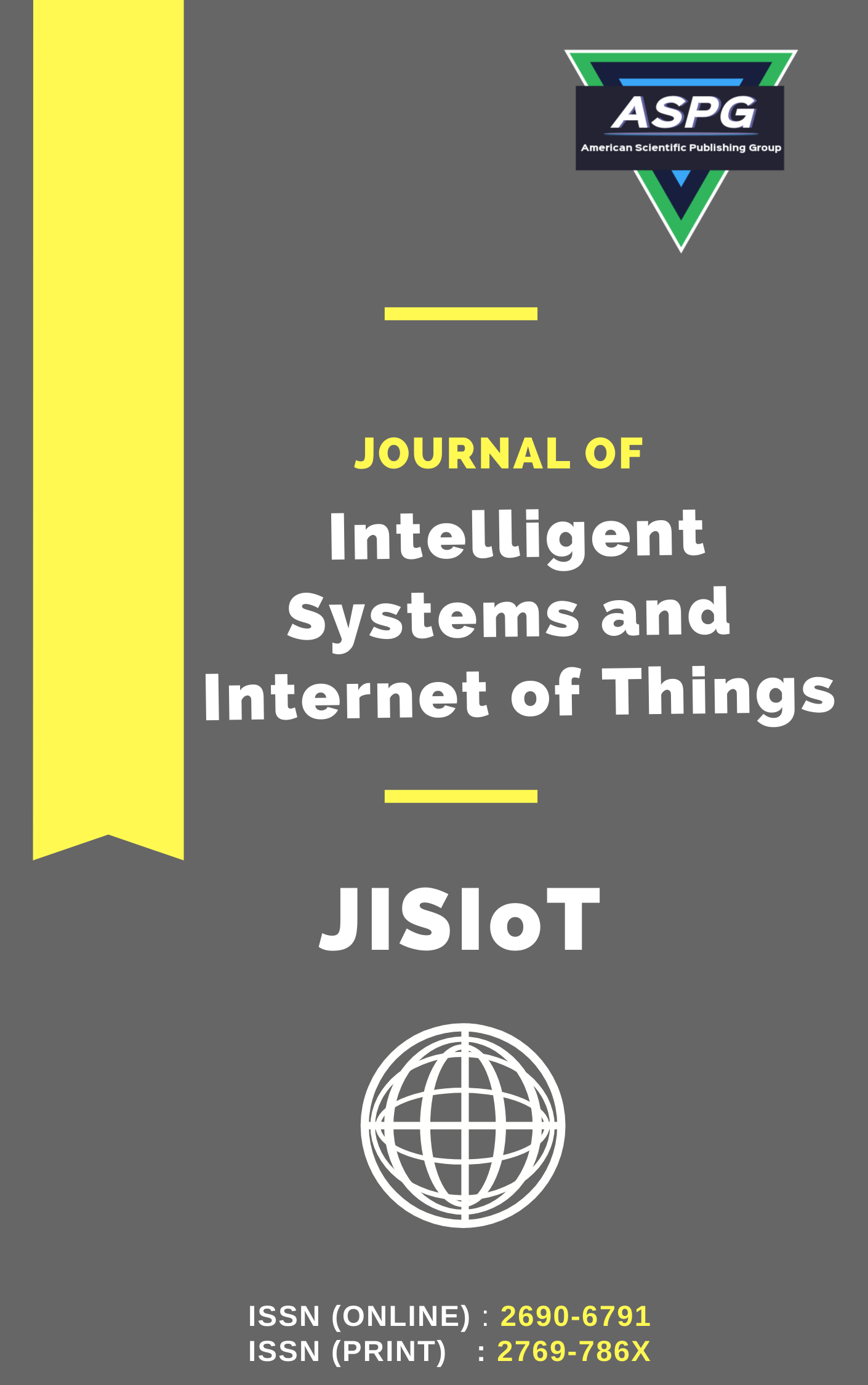

Volume 16 , Issue 1 , PP: 19-27, 2025 | Cite this article as | XML | Html | PDF | Full Length Article
S. Hemamalini 1 * , J. Beryl Sharon 2 , M. Dharshini 3 , M. Indu 4 , SK Mithun 5 , C. Sathish Kumar 6
Doi: https://doi.org/10.54216/JISIoT.160102
Face recognition technology plays a vital role in modern educational systems by enabling efficient and accurate student identification. The growing demand for efficient and accurate student identification systems has highlighted the limitations of conventional face recognition methods, particularly in handling variations in pose, lighting, and occlusions. To address this, our Precision-Optimized Human Recognition Model builds an Adaptive Information Retrieval System utilizing a Histogram of Oriented Gradients (HOG)-based detector for face detection and a ResNet-34-based Deep Metric Learning Model for face recognition. The system encodes facial features and performs identity verification using Euclidean distance for precise and reliable student identification. By integrating these techniques, the model ensures real-time data retrieval with high accuracy and adaptability to diverse conditions. The proposed approach enhances computational efficiency while maintaining robust recognition performance, making it a scalable and practical solution for identity verification in educational institutions.
HOG (Histogram of Oriented Gradients) , ResNet-34 , Deep Metric Learning , Euclidean Distance , Adaptive Information Retrieval
[1] R. Sajja, Y. Sermet, M. Cikmaz, D. Cwiertny, and I. Demir, "Artificial intelligence-enabled intelligent assistant for personalized and adaptive learning in higher education," Information, vol. 15, no. 10, p. 596, 2024.
[2] H. Fei, S. Wu, J. Li, B. Li, F. Li, L. Qin, and T. S. Chua, "Lasuie: Unifying information extraction with latent adaptive structure-aware generative language model," Advances in Neural Information Processing Systems, vol. 35, pp. 15460-15475, 2022.
[3] Y. Yang, Z. Wu, Y. Yang, S. Lian, F. Guo, and Z. Wang, "A survey of information extraction based on deep learning," Applied Sciences, vol. 12, no. 19, p. 9691, 2022.
[4] J. Dagdelen, A. Dunn, S. Lee, N. Walker, A. S. Rosen, G. Ceder, and A. Jain, "Structured information extraction from scientific text with large language models," Nature Communications, vol. 15, no. 1, p. 1418, 2024.
[5] V. D. Ambeth Kumar, "Coalesced global and local feature discrimination for content-based image retrieval," International Journal of Information Technology, vol. 9, pp. 431–446, 2017. doi: 10.1007/s41870-017-0042-7.
[6] M. Wang, M. Wang, X. Xu, L. Yang, D. Cai, and M. Yin, "Unleashing ChatGPT's power: A case study on optimizing information retrieval in flipped classrooms via prompt engineering," IEEE Transactions on Learning Technologies, vol. 17, pp. 629-641, 2023.
[7] Q. Ai, T. Bai, Z. Cao, Y. Chang, J. Chen, Z. Chen, and X. Zhu, "Information retrieval meets large language models: a strategic report from Chinese IR community," AI Open, vol. 4, pp. 80-90, 2023.
[8] M. H. A. Abdullah, N. Aziz, S. J. Abdulkadir, H. S. A. Alhussian, and N. Talpur, "Systematic literature review of information extraction from textual data: recent methods, applications, trends, and challenges," IEEE Access, vol. 11, pp. 10535-10562, 2023.
[9] A. Lerch, An Introduction to Audio Content Analysis: Music Information Retrieval Tasks and Applications. John Wiley & Sons, 2022.
[10] J. F. Oeding, A. Z. Lu, M. Mazzucco, M. C. Fu, S. A. Taylor, D. M. Dines, and K. N. Kunze, "ChatGPT-4 performs clinical information retrieval tasks using consistently more trustworthy resources than does Google search for queries concerning the Latarjet procedure," Arthroscopy: The Journal of Arthroscopic & Related Surgery, vol. 41, no. 3, pp. 588-597, 2025.
[11] A. Brandsen, S. Verberne, K. Lambers, and M. Wansleeben, "Can BERT dig it? Named entity recognition for information retrieval in the archaeology domain," Journal on Computing and Cultural Heritage (JOCCH), vol. 15, no. 3, pp. 1-18, 2022.
[12] Y. Zhu, H. Yuan, S. Wang, J. Liu, W. Liu, C. Deng, and J. R. Wen, "Large language models for information retrieval: A survey," arXiv preprint arXiv:2308.07107, 2023.
[13] M. Y. Landolsi, L. Hlaoua, and L. Ben Romdhane, "Information extraction from electronic medical documents: state of the art and future research directions," Knowledge and Information Systems, vol. 65, no. 2, pp. 463-516, 2023.
[14] T. Gupta, M. Zaki, N. A. Krishnan, and Mausam, "MatSciBERT: A materials domain language model for text mining and information extraction," npj Computational Materials, vol. 8, no. 1, p. 102, 2022.